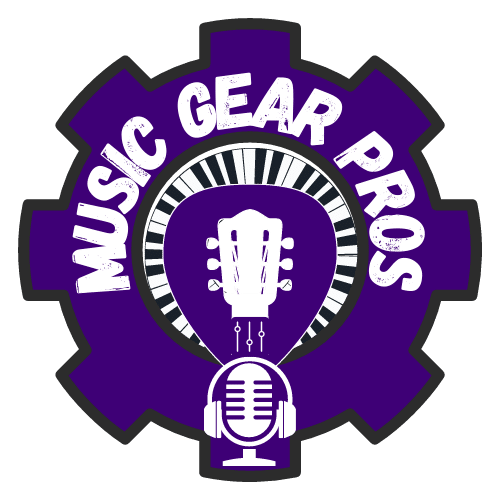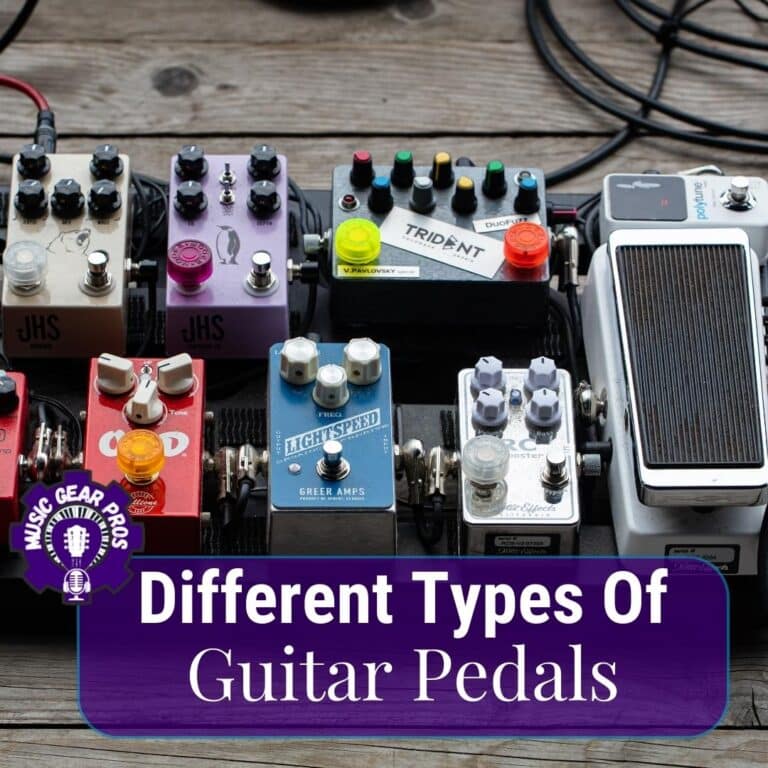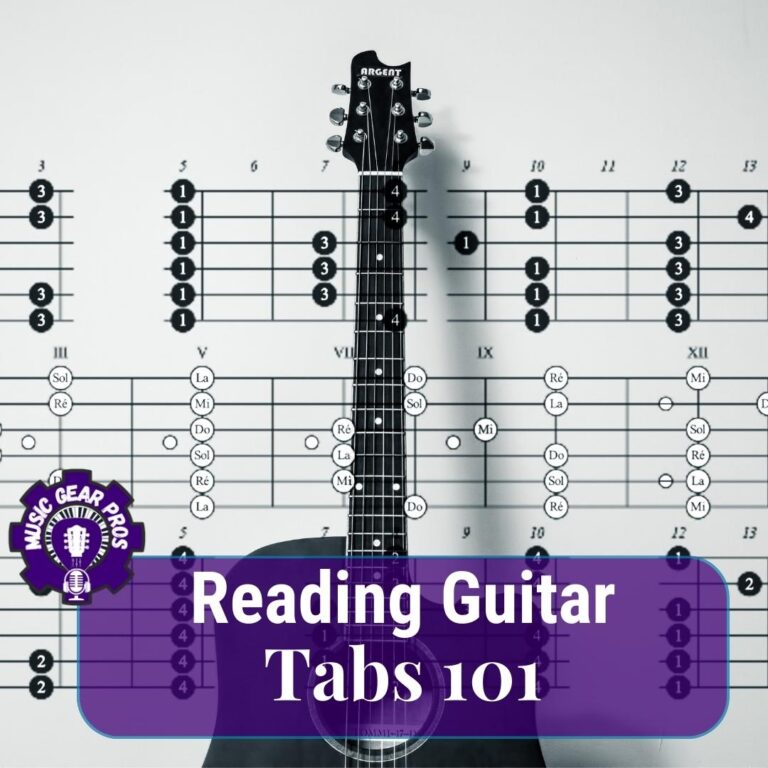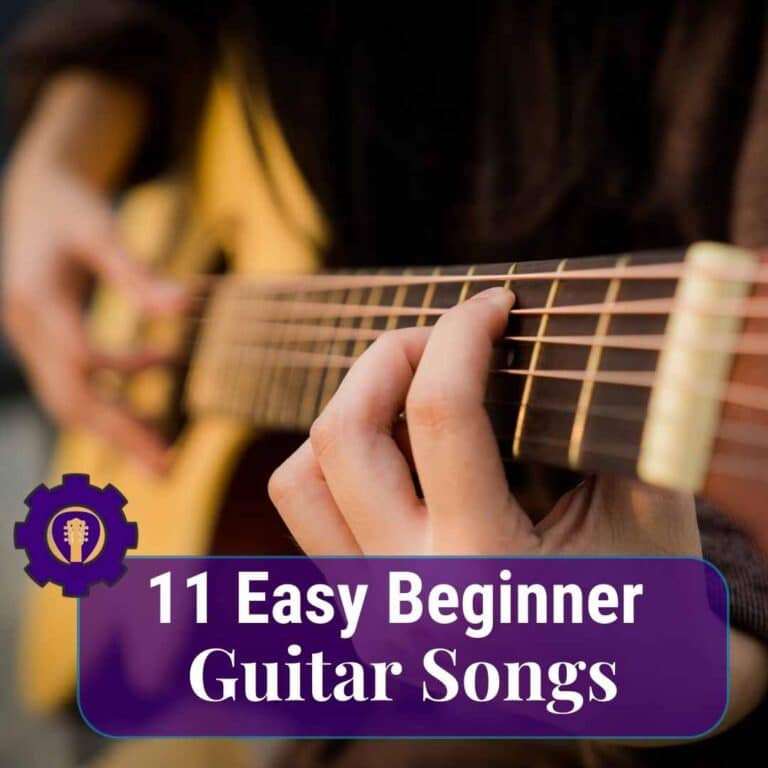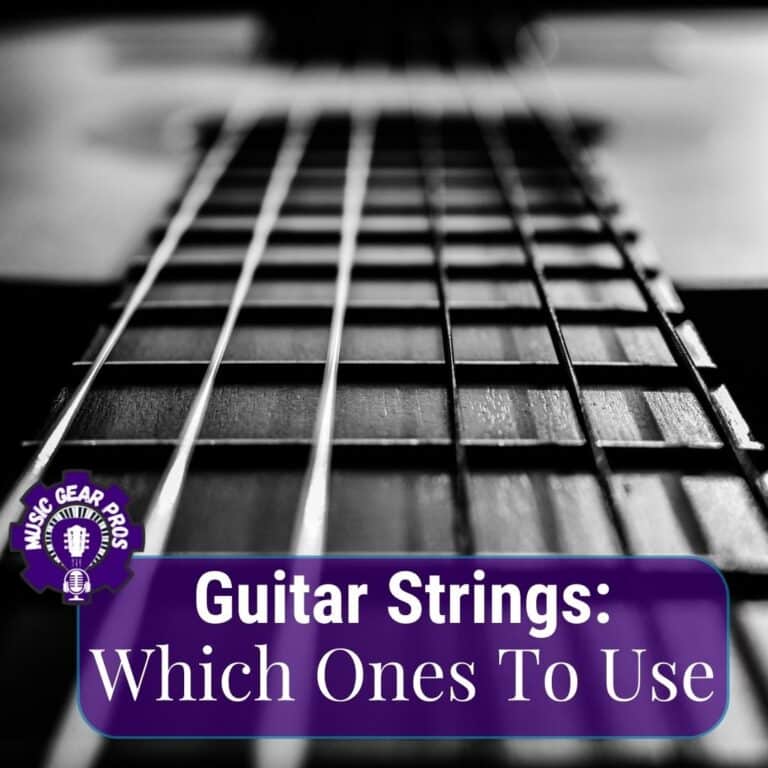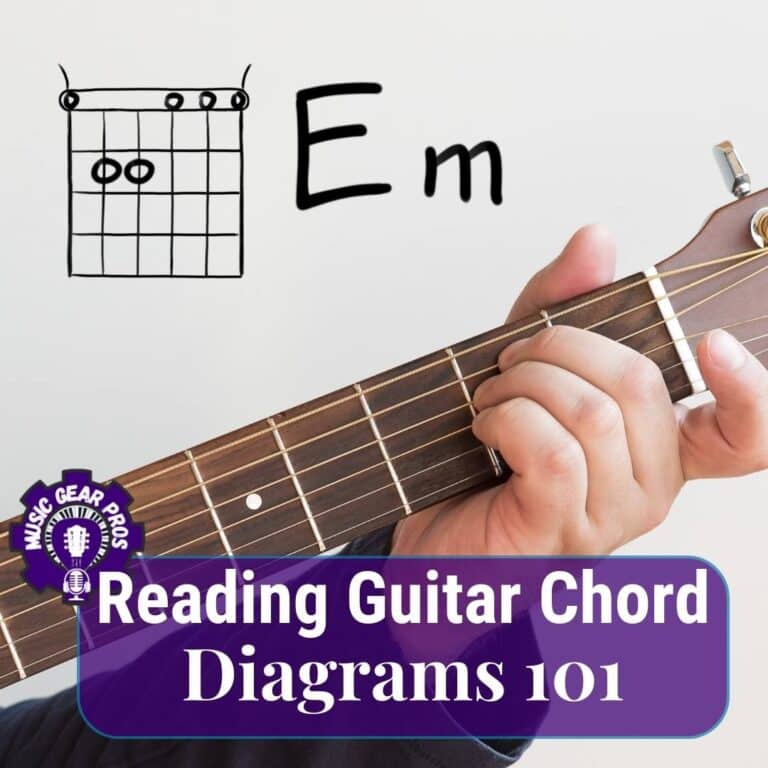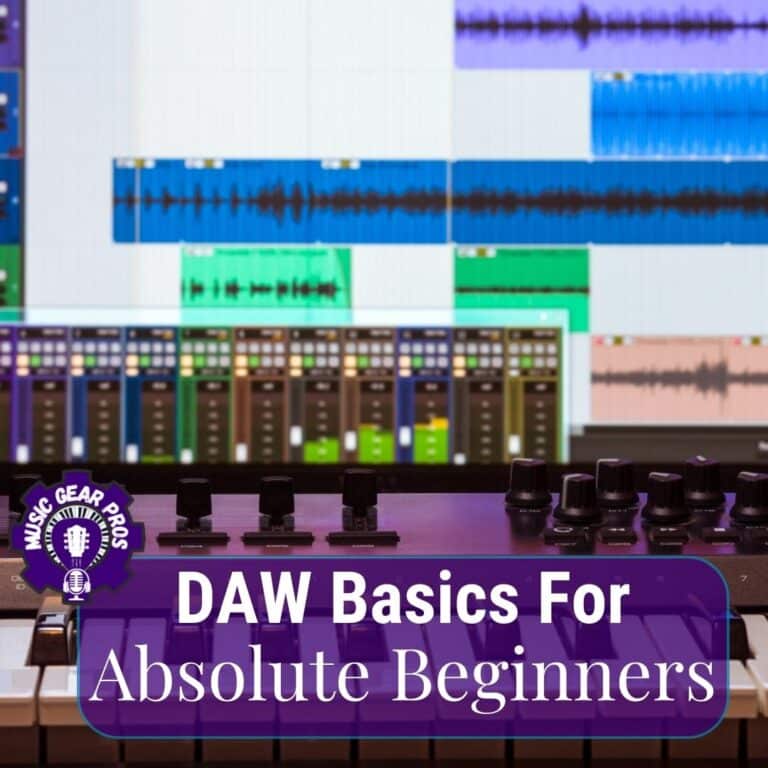Quick Guide: Different Types of Microphones
Wondering about the different types of microphones out there? We’ve got you covered! Dive into this article to explore the world of dynamic, condenser, ribbon, and more, and find the perfect mic to make your recordings shine.
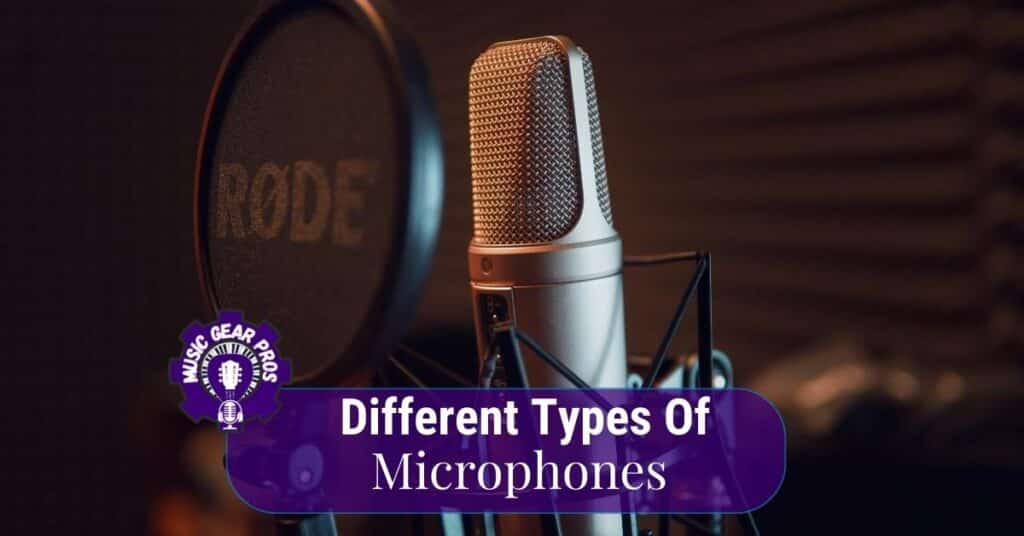
My music gear pros family! 🎤 In this article, we’ll break down the different types of microphones, their characteristics, and their ideal applications. Oh yeah, we also tried to make it simple and to the point. We pretty much answer two questions, what are they? And when to use them?
By the end of our journey, you’ll have a better understanding of which microphone is the perfect fit for your needs. So, let’s dive right in!
In a hurry? here are the different types of Microphones :
- Dynamic Microphones
- Great for live performances, drums, guitar amps, and loud vocals
- Example: Shure SM58
- Condenser Microphones
- Ideal for studio vocals, acoustic instruments, and overheads
- Example: Audio-Technica AT2020
- Ribbon Microphones
- Perfect for delicate sources, like strings, brass, and guitar amps
- Example: Royer R-121
- Lavalier Microphones
- Best for interviews, presentations, and theater performances
- Example: Sennheiser ME 2-II
- Shotgun Microphones
- Excellent for isolating subjects in film, video, and broadcasting
- Example: Rode NTG series
- USB Microphones
- Convenient for podcasting, streaming, and home recording
- Example: Blue Yeti
- Boundary Microphones
- Useful for room ambiance, conference calls, and theater audio
- Example: Shure MX391
- Measurement Microphones
- Designed for analyzing room acoustics and calibrating audio systems
- Example: Behringer ECM8000
Microphones Types:
Dynamic Microphones
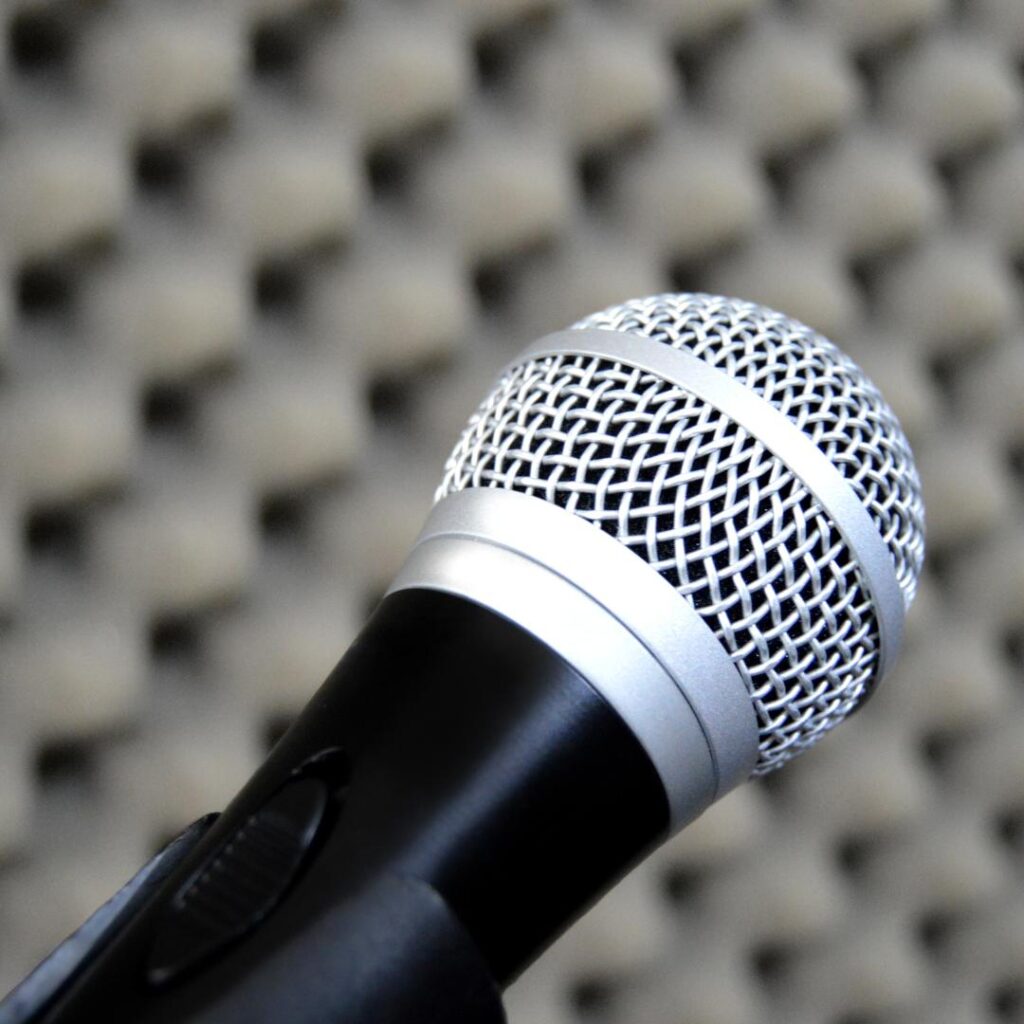
a. What are they?
Dynamic microphones are the workhorses of the audio world. They use a simple, durable design with a diaphragm connected to a coil that moves within a magnetic field to generate an electrical signal. This makes them capable of handling high sound pressure levels and resistant to moisture and physical abuse.
b. When to use them?
Dynamic mics are perfect for live performances, drums, guitar amplifiers, and vocals in loud environments. Some popular examples include the Shure SM58 (vocals) and the SM57 (instruments).
Condenser Microphones
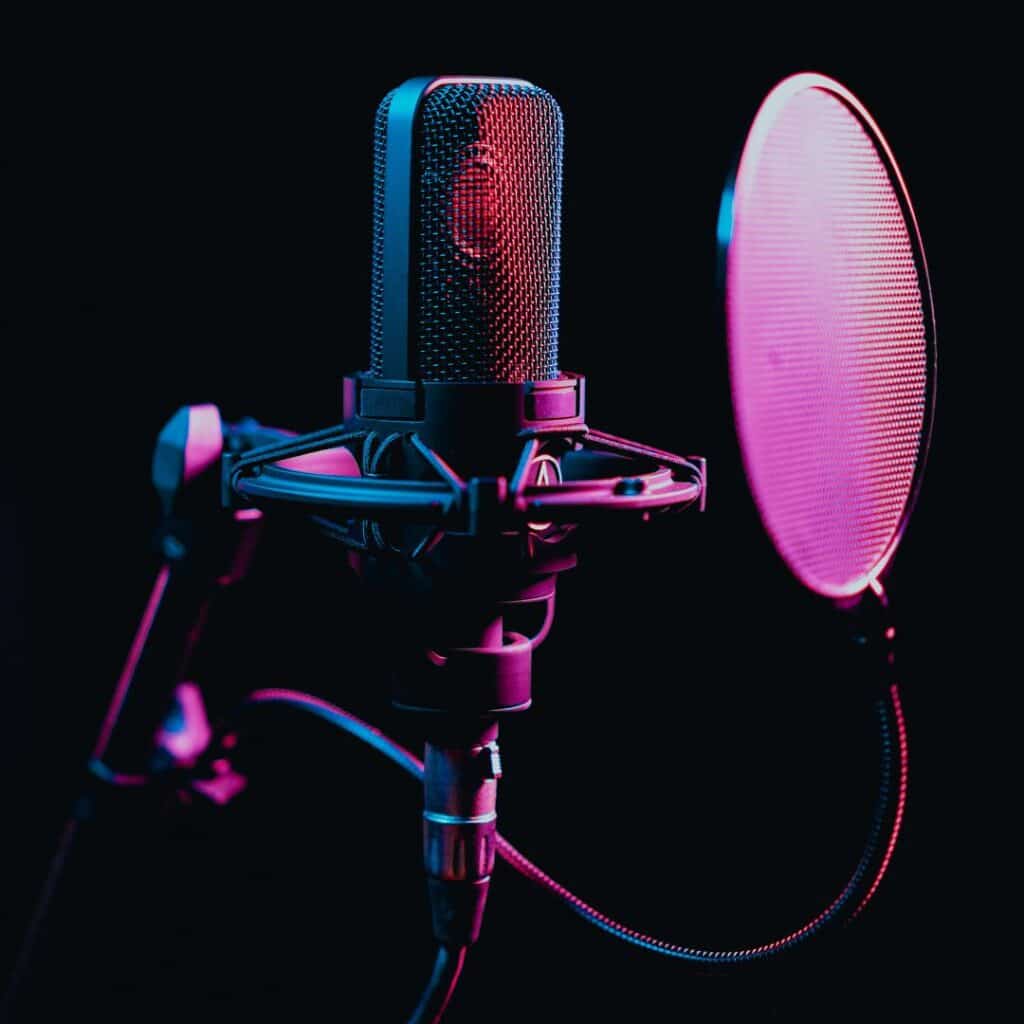
a. What are they?
Condenser microphones work differently, using a charged diaphragm and a backplate to create an electrical signal. They require an external power source, like phantom power or batteries. Condenser mics are more sensitive and accurate than dynamic mics, capturing a wider frequency range and more detail.
b. When to use them?
Condenser microphones excel in studio settings for vocals, acoustic instruments, and overheads. The Audio-Technica AT2020 and the Neumann U87 are popular examples of condenser mics.
Ribbon Microphones
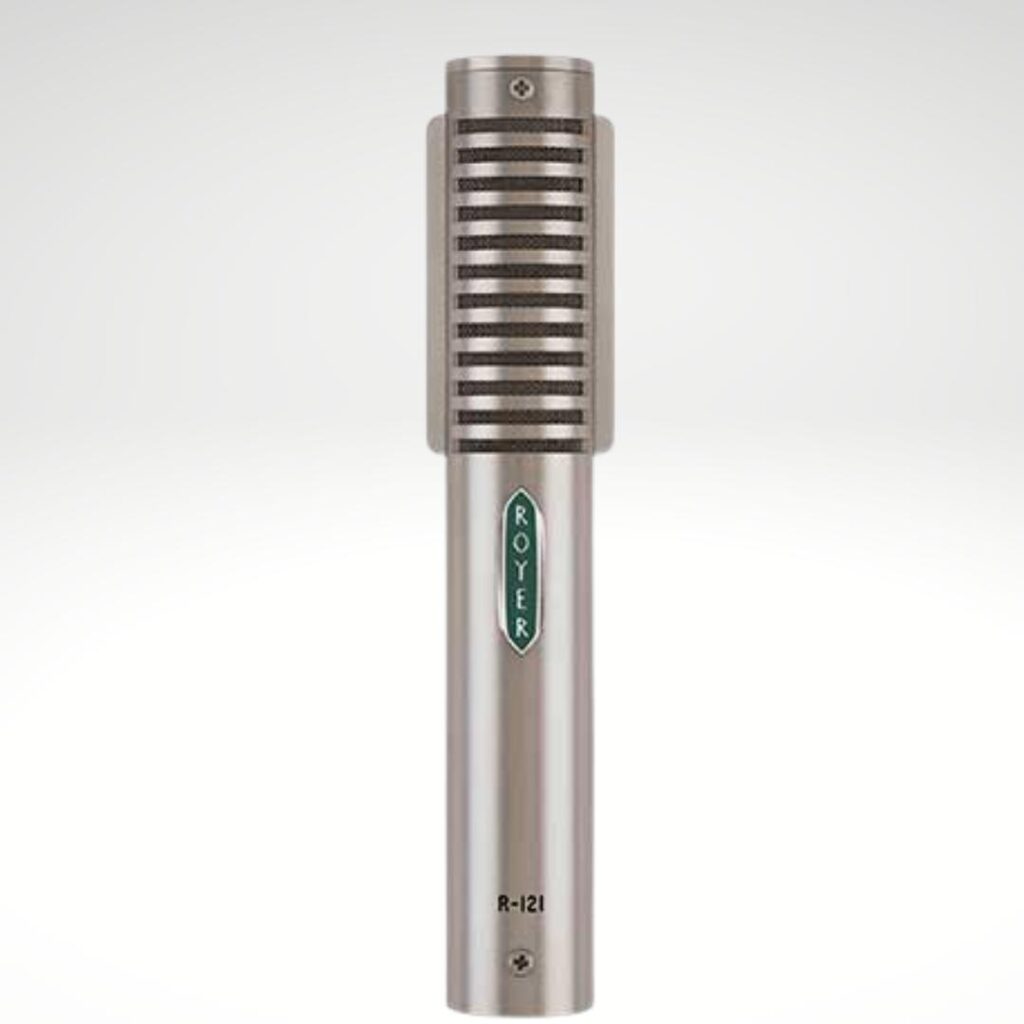
a. What are they?
Ribbon microphones use a thin metal ribbon suspended between two magnets to create an electrical signal. They have a warm, smooth, and natural sound, capturing high frequencies with a gentle roll-off.
b. When to use them?
Ribbon mics are ideal for recording delicate sources, like string instruments, brass, and guitar amps, but they’re fragile and can be damaged by high sound pressure levels. Classic examples include the Royer R-121 and the AEA R84.
Lavalier Microphones
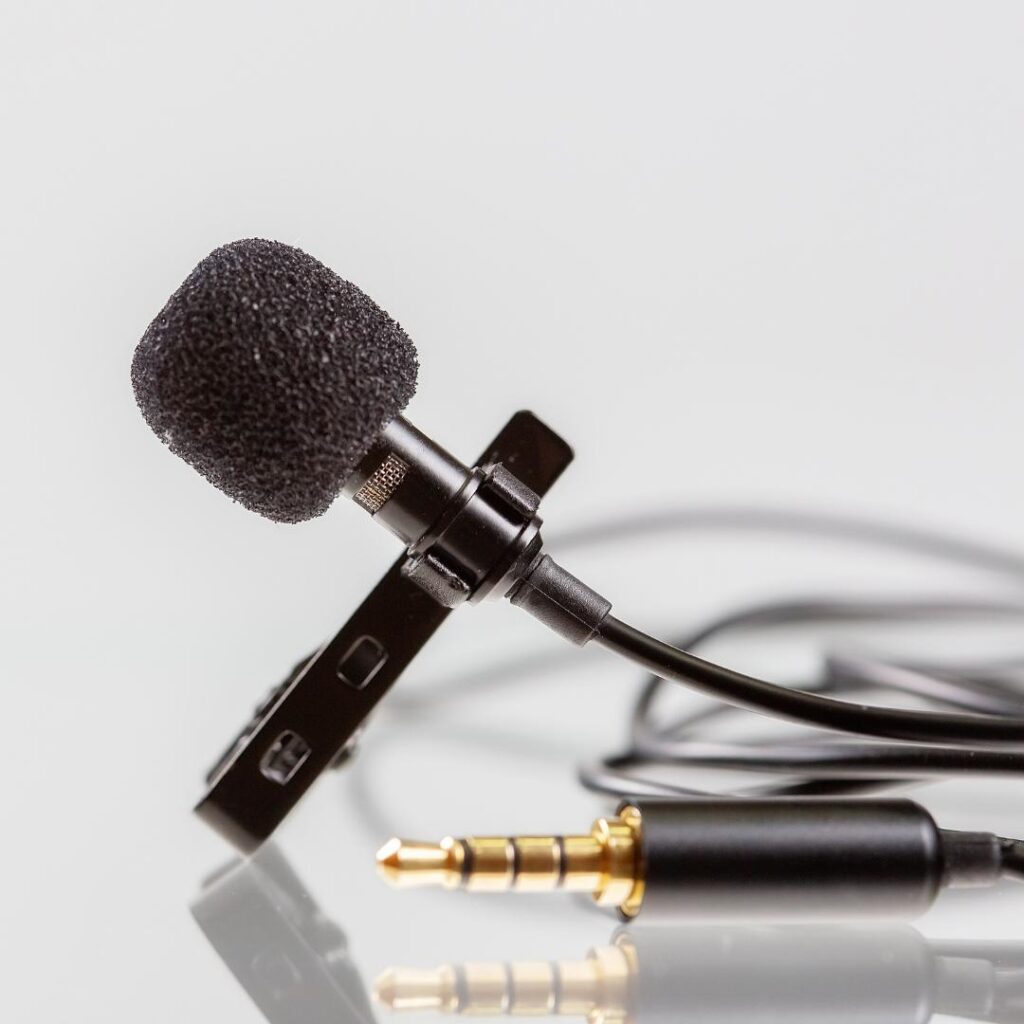
a. What are they?
Lavalier microphones, also known as lapel or clip-on mics, are small condenser mics designed to be discreetly attached to clothing. They’re perfect for capturing spoken word in interviews, presentations, and video recordings.
b. When to use them?
Use lavalier mics when you need a hands-free solution with minimal visual impact, like interviews, presentations, and theater performances. Popular examples include the Sennheiser ME 2-II and the Rode Lavalier GO.
Shotgun Microphones
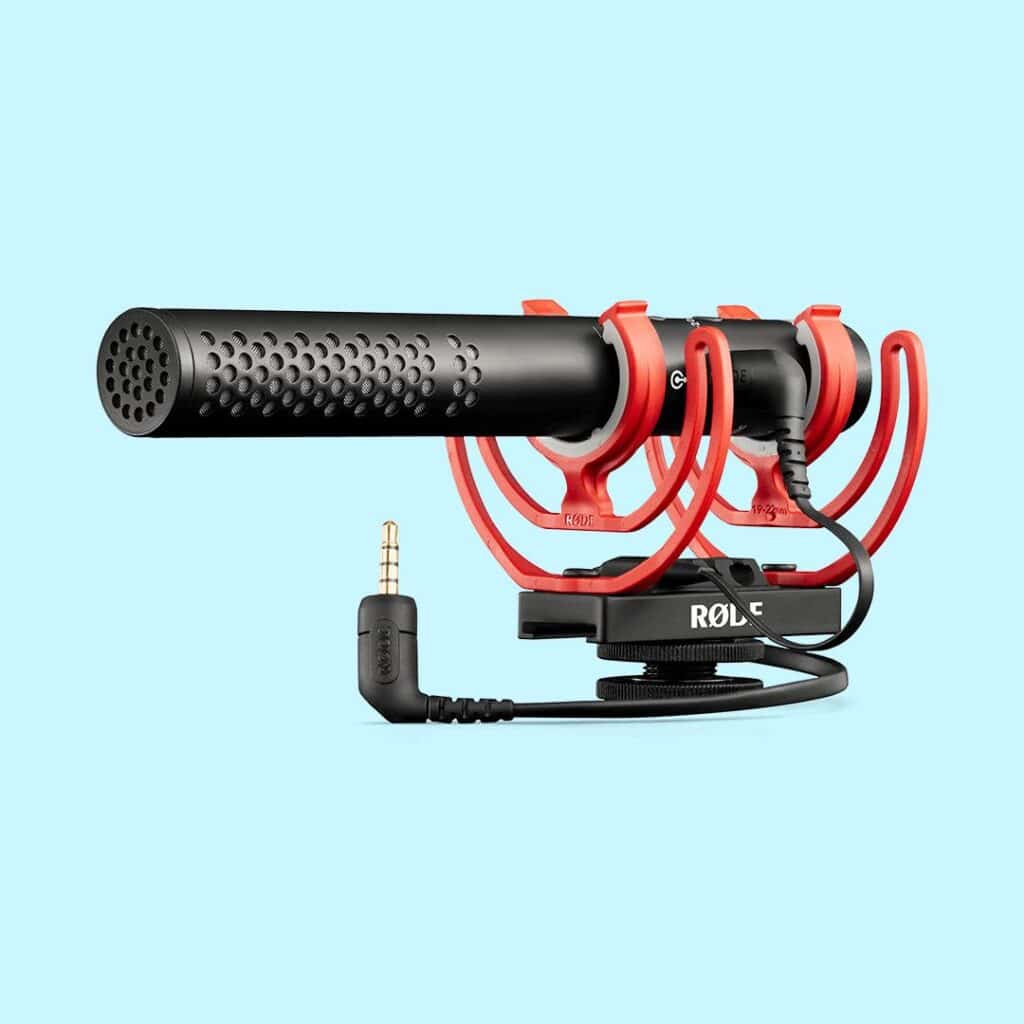
a. What are they?
Shotgun microphones have a highly directional pickup pattern, allowing them to capture sound from a specific direction while rejecting noise from the sides and rear. They’re ideal for isolating subjects in noisy environments.
b. When to use them?
Shotgun mics are perfect for film and video production, field recording, and broadcasting. Notable examples are the Rode NTG series and the Sennheiser MKH 416.
USB Microphones
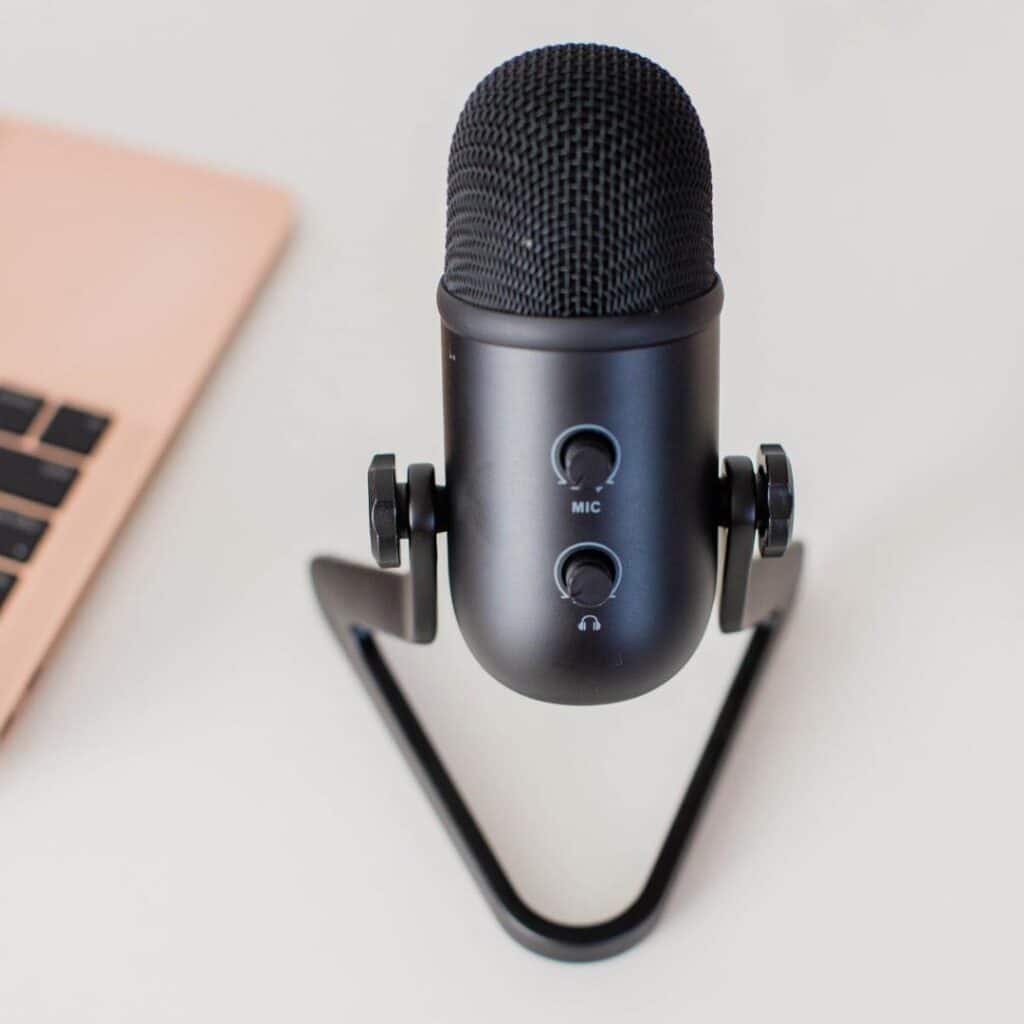
a. What are they?
USB microphones combine a microphone capsule with an onboard analog-to-digital converter, allowing you to plug them directly into a computer or mobile device. They’re perfect for podcasting, streaming, and home recording, offering a convenient plug-and-play solution.
b. When to use them?
Use USB microphones when you need an easy, hassle-free setup for podcasting, video conferencing, or home recording projects. Blue Yeti and Audio-Technica ATR2100x-USB are popular examples.
Boundary Microphones
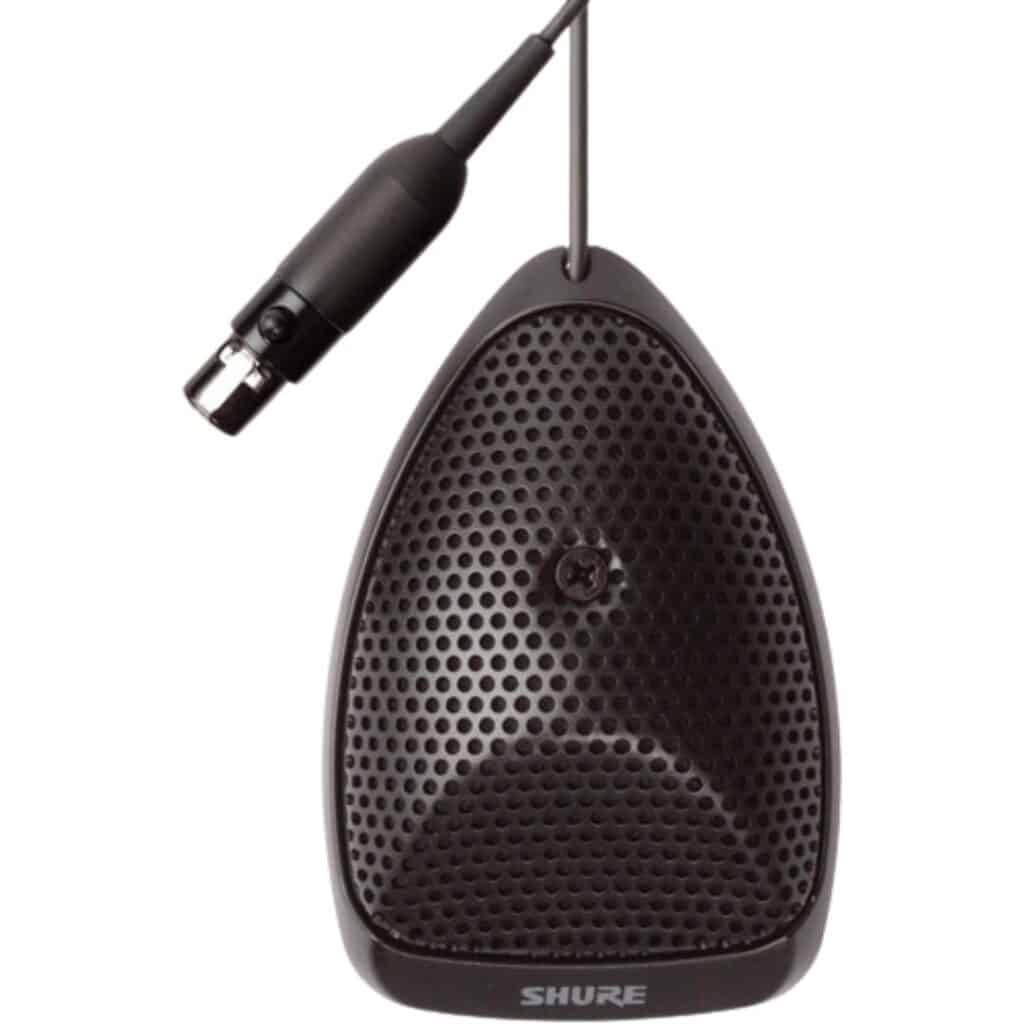
a. What are they?
Boundary microphones, also known as PZM (Pressure Zone Microphones), are designed to be mounted on a flat surface, like a wall or table. They capture sound reflections from the surface, resulting in a clear, phase-coherent recording with minimal room noise.
b. When to use them?
Boundary mics are great for capturing the ambiance of a room, recording conference calls, or picking up audio in theater productions. Common examples include the Shure MX391 and the Audio-Technica U851A.
Measurement Microphones
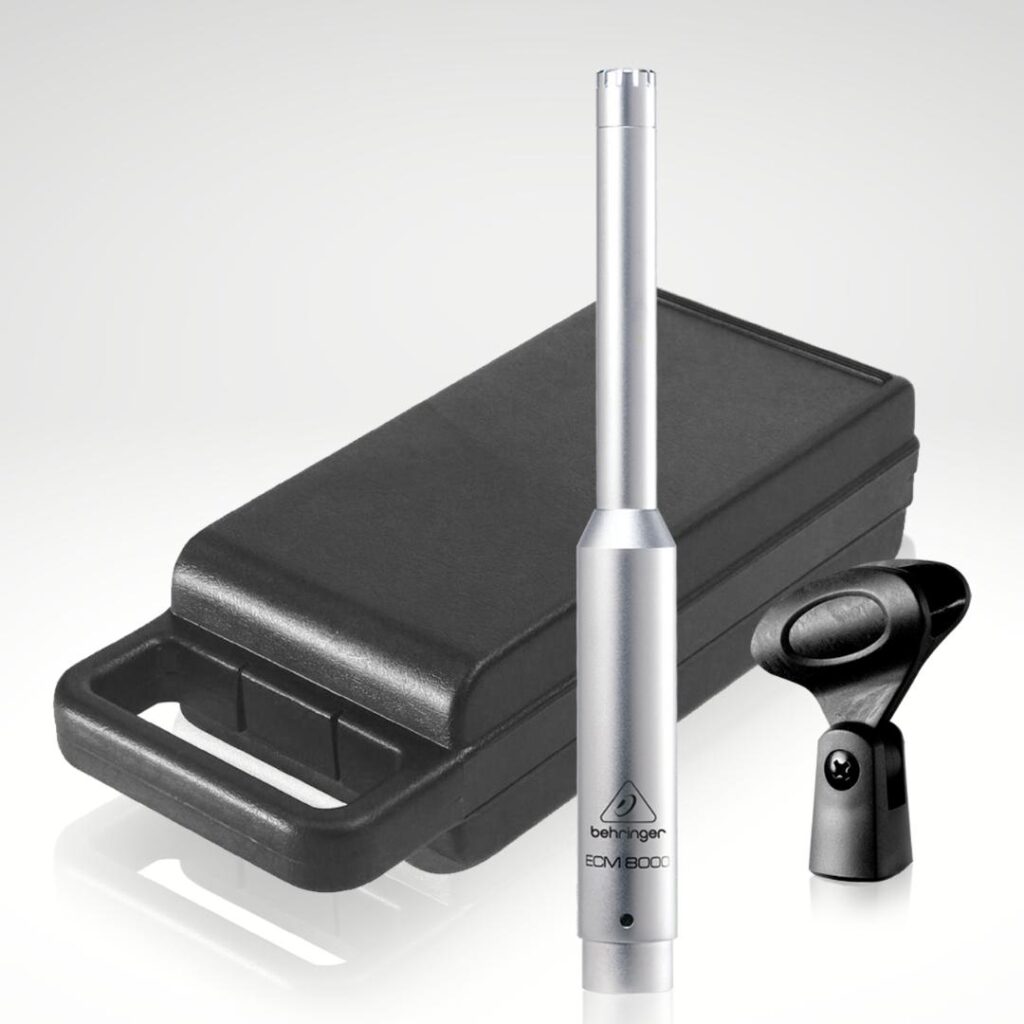
a. What are they?
Measurement microphones, or test mics, are designed for accurate frequency response and omnidirectional pickup patterns. They’re used for analyzing room acoustics, measuring speaker response, and calibrating audio systems.
b. When to use them?
Use measurement microphones when you need to analyze and optimize your audio environment or calibrate your sound system. Examples include the Behringer ECM8000 and the Earthworks M30.
What’s Next?
And there you have it! We’ve explored the most common types of microphones, their uses, and some popular examples. With this newfound knowledge, you’re now better equipped to choose the perfect microphone for your recording needs. Remember, the key is to match the microphone’s characteristics with the specific application and don’t be afraid to experiment. If you are new to the recording world, check out our DAW basics article to get you started. Now go out there, find your mic match, and make some amazing recordings! 🎙️🌟
